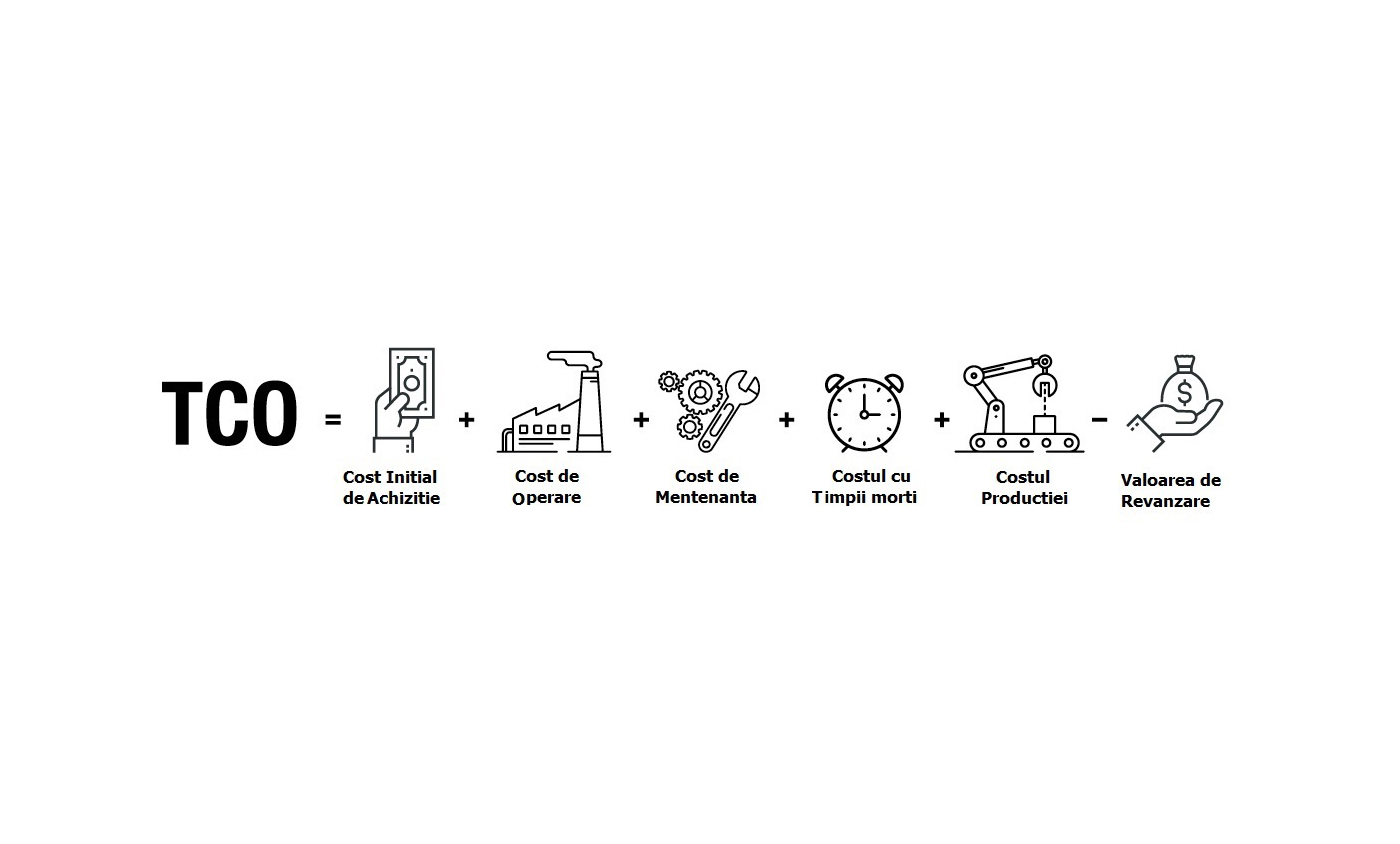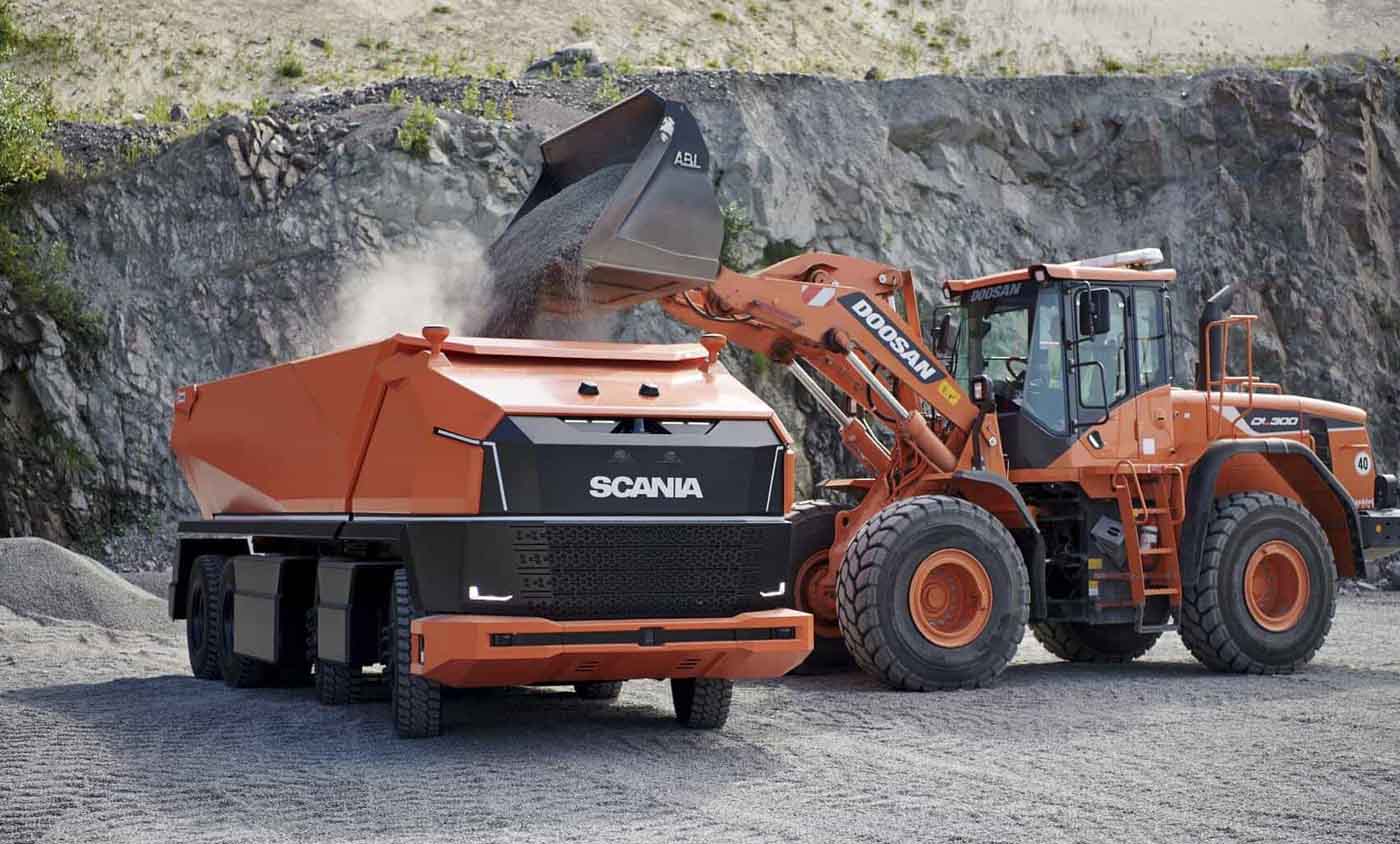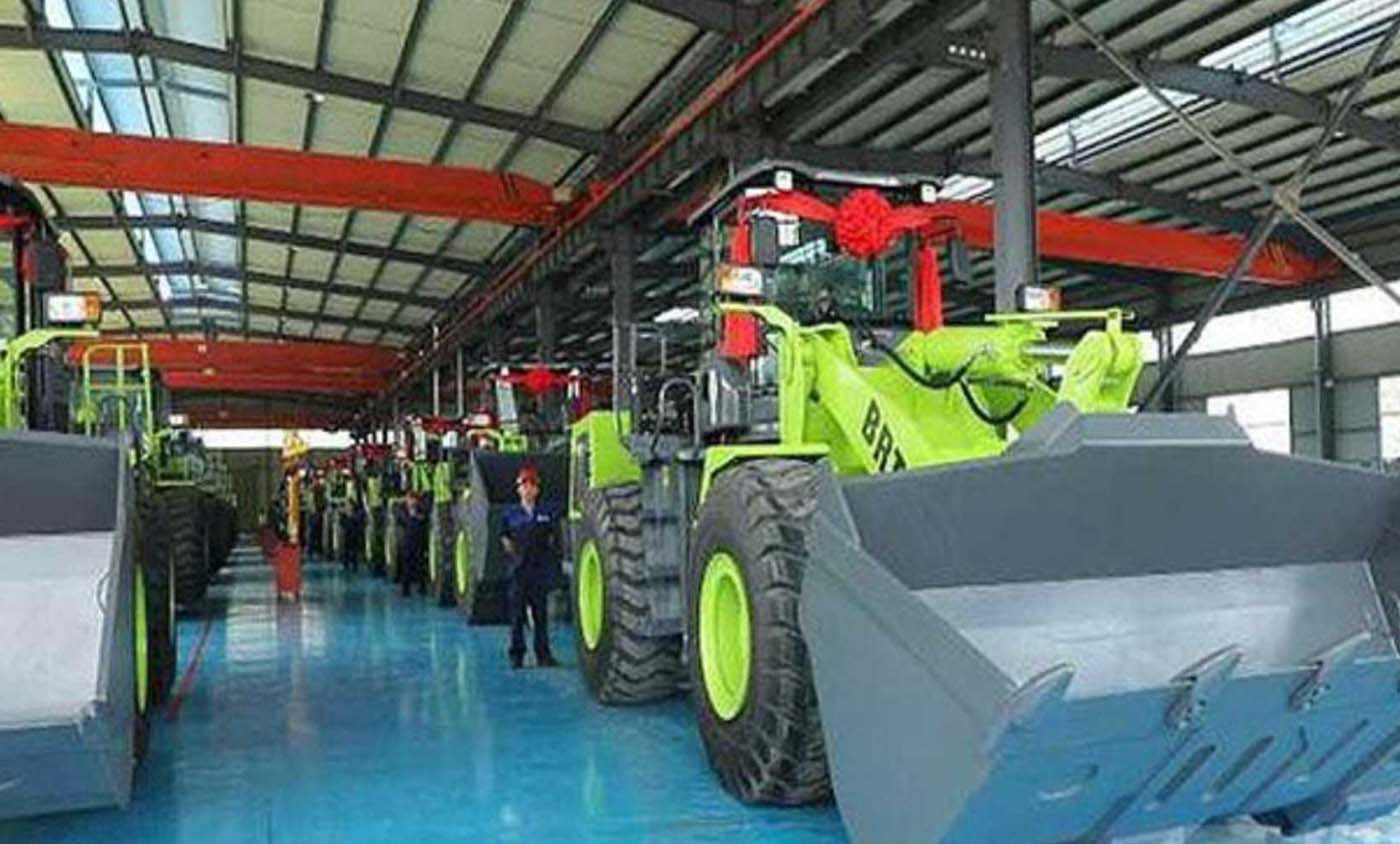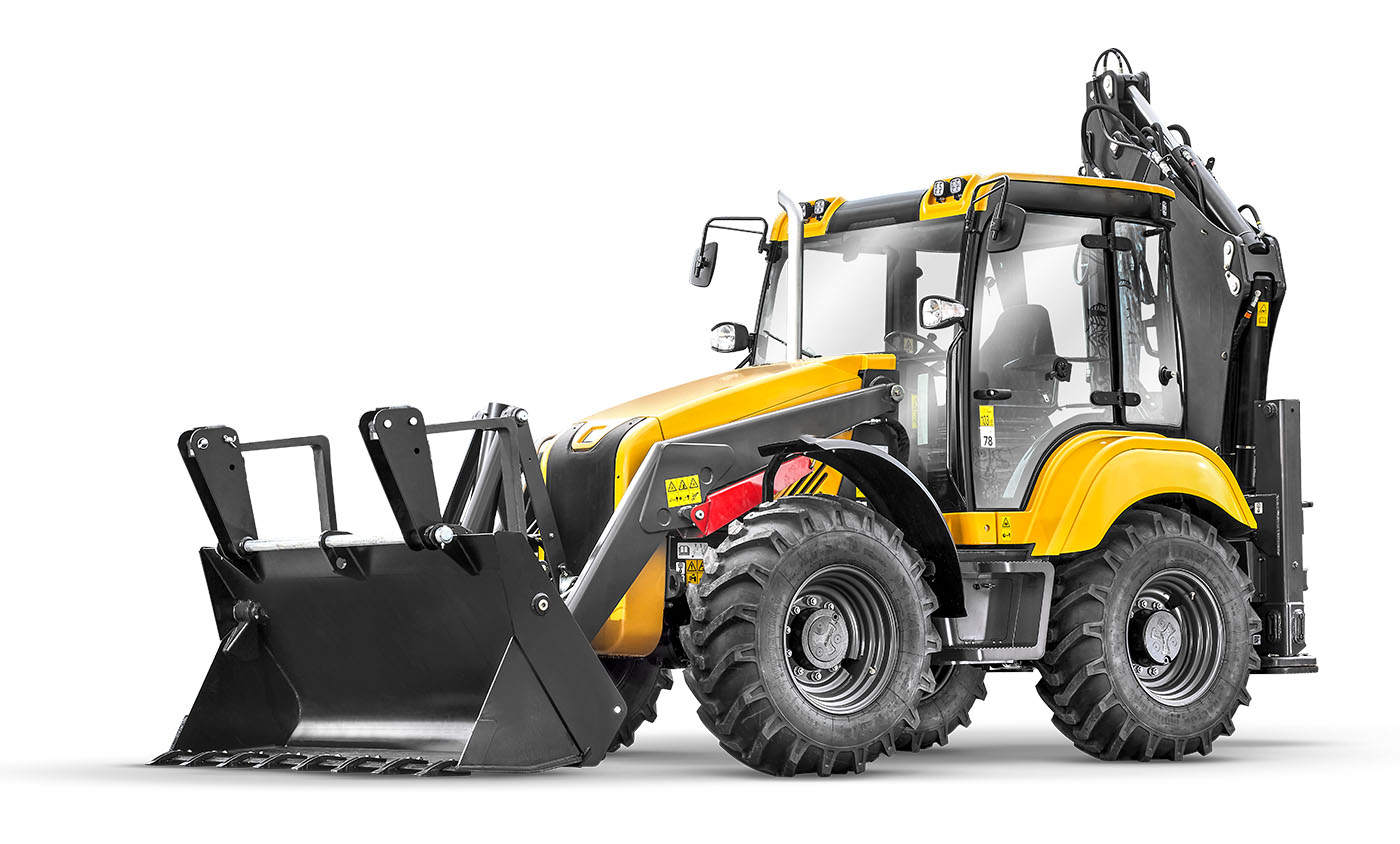[fusion_builder_container hundred_percent=”no” equal_height_columns=”no” menu_anchor=”” hide_on_mobile=”small-visibility,medium-visibility,large-visibility” class=”” id=”” background_color=”” background_image=”” background_position=”center center” background_repeat=”no-repeat” fade=”no” background_parallax=”none” parallax_speed=”0.3″ video_mp4=”” video_webm=”” video_ogv=”” video_url=”” video_aspect_ratio=”16:9″ video_loop=”yes” video_mute=”yes” overlay_color=”” video_preview_image=”” border_color=”” border_style=”solid” padding_top=”” padding_bottom=”” padding_left=”” padding_right=”” type=”flex”][fusion_builder_row][fusion_builder_column type=”1_1″ layout=”1_1″ background_position=”left top” background_color=”” border_color=”” border_style=”solid” border_position=”all” spacing=”yes” background_image=”” background_repeat=”no-repeat” padding_top=”” padding_right=”” padding_bottom=”” padding_left=”” margin_top=”0px” margin_bottom=”0px” class=”” id=”” animation_type=”” animation_speed=”0.3″ animation_direction=”left” hide_on_mobile=”small-visibility,medium-visibility,large-visibility” center_content=”no” last=”true” min_height=”” hover_type=”none” link=”” border_sizes_top=”” border_sizes_bottom=”” border_sizes_left=”” border_sizes_right=”” first=”true”][fusion_text columns=”” column_min_width=”” column_spacing=”” rule_style=”default” rule_size=”” rule_color=”” content_alignment_medium=”” content_alignment_small=”” content_alignment=”” hide_on_mobile=”small-visibility,medium-visibility,large-visibility” sticky_display=”normal,sticky” class=”” id=”” font_size=”” fusion_font_family_text_font=”” fusion_font_variant_text_font=”” line_height=”” letter_spacing=”” text_color=”” animation_type=”” animation_direction=”left” animation_speed=”0.3″ animation_offset=””]With electric cars a common sight on our roads and one – a Tesla Roadster – even being launched into space on Elon Musk’s rocket, it’s no longer a case of if we will all be driving electric cars, but when. With no diesel fuel bills the cost of running electric cars seems set to tumble. And where automobiles go, then trucks and buses – and construction equipment – are set to follow.
Long-term, it looks like the ownership costs of running hybrid and electric construction machines will be substantially lower. It will also change some key factors to be considered when working out the all-important total cost of ownership (TCO) calculation. From a user perspective, of course, the big gain will be lower diesel costs, although electricity costs and recharge times still need to be factored in.
But how much should the customer allocate for battery life and replacement? Or the maintenance of electric motors? When equipment is often an organisation’s largest expense, and the key driver of profitability, it’s clear that the calculation for working out total cost of ownership is not going to get much simpler in the future.
So if it’s not just about diesel versus electricity, what other factors make up the TCO calculation?
Cost calculation
Life cycle costs can be viewed as all the costs from cradle to grave in the life of a piece of equipment. Typically, they can be divided into two broad categories: ownership and operating costs. Focusing only on initial cost does not necessarily produce the best alternative, as a machine that has a lower purchase cost may suffer from very high maintenance costs.
But just comparing operating costs is no better; you must also factor in productivity. Two machines with equal operating costs may vary greatly in how much work they can do. What a total cost of ownership approach does is allow machine users to work out their profits from the machine, not just the costs. This is done by working out production (tonnes or cubic metres per hour), cost per hour and cost per unit.
Machines often work as part of a team with other machines. But are these machines properly matched? Too small a loader means the hauler has to wait around – but too big a loader will mean the opposite. If the loading unit (eg wheel loader, excavator) determines the maximum production of the fleet of machines, it’s possible, using TCO, to work out the ideal fleet size that delivers the lowest unit cost. The formula for this is the overall cycle time of the hauler divided by the loading time of the hauler.
Ownership vs Operating
Owning costs is the cost of buying and keeping a machine in the fleet (see Figure 1). It includes purchase price, taxes, cost of borrowing, other financing costs, insurance and residual value at the end of its life. Buy, rent or lease – what is the best for your situation? This is often a factor of funds available and size of work backlog. Rental is often the best short-term solution, whereas leasing gets you a new machine without the big upfront payment – but with the option of a buyout later price.
However you acquire the machine, to work out the cost per hour we need to divide this big total number – the sum of all monthly payments or upfront cost – by the numbers of hours worked. Ownership costs decrease, the more hours the machine works. Operating costs, meanwhile, work the other way around – they start small and tend to grow as the machine is used.
Operating costs include fuel, maintenance, repairs, tyres and wear parts (like bucket teeth). There is a point in the machine life when the ownership and operating costs combined produce the lowest total cost per hour. This is the “economic life” of the machine – which is different from its “physical life”.
The first step to successfully working out the TCO is data collection. Once we have this we can analyse it into useful information. This helps us to find patterns, trends, cause and effect, and a better understanding of our operations. Only once we have these can we make informed decisions about the best way to acquire and manage our fleets.
The arrival of electric, hybrid or even autonomous machines will undoubtedly drive down the total cost of ownership. But while much of the input data will be different, the arrival of these new forms of equipment won’t fundamentally change the complexity – or importance – of accurately calculating TCO.
Sursa: https://www.quarrymagazine.com/2018/10/10/will-electric-construction-equipment-solve-the-tco-dilemma/[/fusion_text][fusion_imageframe image_id=”1616|full” max_width=”” sticky_max_width=”” style_type=”” blur=”” stylecolor=”” hover_type=”none” bordersize=”” bordercolor=”” borderradius=”” align_medium=”none” align_small=”none” align=”center” margin_top=”” margin_right=”” margin_bottom=”” margin_left=”” lightbox=”no” gallery_id=”” lightbox_image=”” lightbox_image_id=”” alt=”” link=”” linktarget=”_self” hide_on_mobile=”small-visibility,medium-visibility,large-visibility” sticky_display=”normal,sticky” class=”” id=”” animation_type=”” animation_direction=”left” animation_speed=”0.3″ animation_offset=”” filter_hue=”0″ filter_saturation=”100″ filter_brightness=”100″ filter_contrast=”100″ filter_invert=”0″ filter_sepia=”0″ filter_opacity=”100″ filter_blur=”0″ filter_hue_hover=”0″ filter_saturation_hover=”100″ filter_brightness_hover=”100″ filter_contrast_hover=”100″ filter_invert_hover=”0″ filter_sepia_hover=”0″ filter_opacity_hover=”100″ filter_blur_hover=”0″]https://www.echipamente-atasamente.ro/wp-content/uploads/2020/11/WhatsApp-Image-2020-11-12-at-14.38.42.jpeg[/fusion_imageframe][/fusion_builder_column][/fusion_builder_row][/fusion_builder_container]





